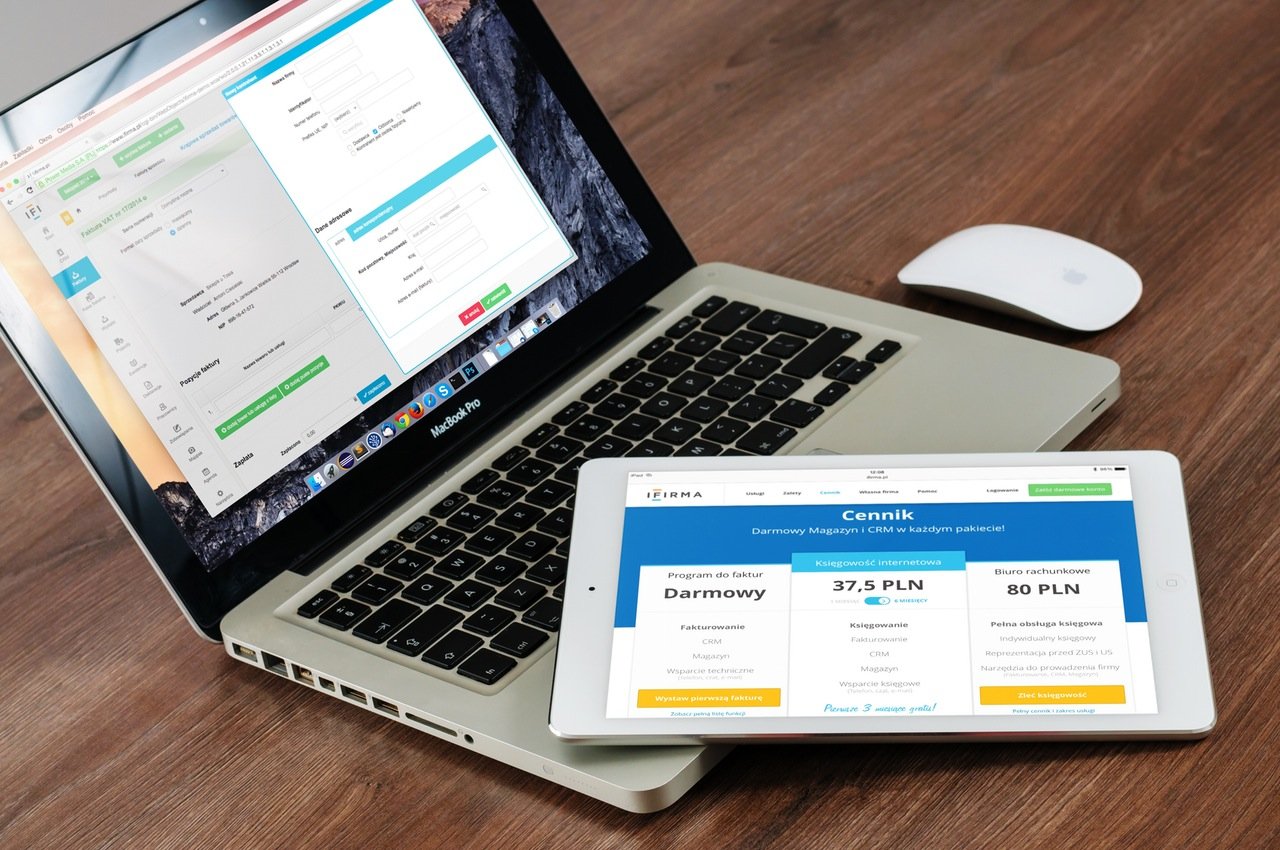What is Consignee?
What is Consignee? A consignee is the fundamental key to any successful shipment. In the complex world of logistics, shipping, and supply chain management, understanding who the consignee is and what they do is essential. Whether you’re a new business owner, a logistics student, or just curious about how global trade works, this guide breaks down everything you need to know.
Let’s explore the simple definition of a consignee, their critical role, responsibilities, and how they fit into the bigger picture of moving goods from A to B.
The Simple Definition of a Consignee
In the simplest terms, the consignee is the recipient of the shipment. They are the person or company to whom the goods are being shipped and delivered.
Think of it like this: if you order a package online, you are the consignee. The company sending you the package is the shipper (or consignor), and the delivery driver is tasked with getting the parcel into your hands—the consignee’s hands.
Key Takeaway:
The Consignee = The Receiver of Goods.
The Consignee in Official Documentation
The consignee isn’t just an abstract concept; they are a legally designated party on critical shipping documents. You will always find the consignee’s name and address clearly listed on:
- Bill of Lading (B/L): The most important document in shipping, which acts as a contract of carriage and a receipt of goods.
- Air Waybill (AWB): The equivalent document for air freight.
- Commercial Invoice: A document for customs declaring the value of the goods.
The accuracy of the consignee’s information on these documents is non-negotiable. Any error can lead to massive delays, customs holds, and additional costs.
Consignee vs. Other Key Parties: What’s the Difference?
It’s easy to mix up the players in a shipping transaction. Here’s a quick comparison:
| Term | Role | Simple Analogy |
|---|---|---|
| Consignee | The receiver of the goods. The party to whom the shipment is consigned. | You, when you receive a package. |
| Consignor (or Shipper) | The sender of the goods. The party who consigns the goods to the consignee. | The online store that sends you a package. |
| Shipper | Often used interchangeably with “Consignor,” it’s the entity that contracts with the carrier for transport. | The online store arranging the delivery. |
| Notify Party | A contact party (often the consignee’s agent) to be notified when the ship/aircraft arrives. Not necessarily the owner of the goods. | Your building’s front desk or customs broker who gets a heads-up about the delivery. |
A Crucial Distinction: The Consignee is legally the owner of the goods upon delivery (unless other terms are agreed upon, like in consignment sales). The Notify Party is simply a contact for logistics coordination.
What Are the Responsibilities of a Consignee?
Being the consignee isn’t just about waiting for a delivery. They have several key responsibilities:
- Providing Accurate Shipping Instructions: Ensuring their complete and correct legal name and address are provided to the shipper.
- Arranging Import Customs Clearance: In international shipping, the consignee is typically responsible for handling and paying import duties, taxes, and customs clearance. This is often done by hiring a customs broker.
- Examining the Shipment: Upon delivery, the consignee must inspect the goods for any visible damage or loss and note any discrepancies on the delivery receipt before signing.
- Taking Ownership: Once the goods are delivered and accepted, the consignee assumes ownership and responsibility for them.
- Paying Freight Charges (if applicable): If the shipping terms (like FOB Destination or CIF) dictate, the consignee is responsible for the freight costs.
A Special Case: The “To Order” Consignee
In some cases, you might see “To Order” listed as the consignee on a Bill of Lading. This is a security measure used in letter-of-credit transactions. It means the goods are to be delivered to whoever is endorsed on the B/L by the shipper. This allows the ownership of the goods to be transferred while they are still in transit, typically by a bank until payment is secured.
Frequently Asked Questions (FAQ)
Q: Can the shipper and consignee be the same company?
A: Yes. This is common when a company is shipping goods between its own facilities, for example, from a central warehouse to a retail store. In this case, the company is both the shipper and the consignee.
Q: Is the consignee always the buyer?
A: Not always. While they usually are, the consignee could also be the buyer’s agent, a distribution center, or a third-party logistics (3PL) provider. The key is that they are the designated receiver.
Q: What happens if the consignee’s information is wrong?
A: Incorrect consignee details are a major problem. The shipment can be misrouted, held at a port or warehouse, or even delivered to the wrong party. Correcting this is time-consuming, expensive, and can disrupt the entire supply chain.

